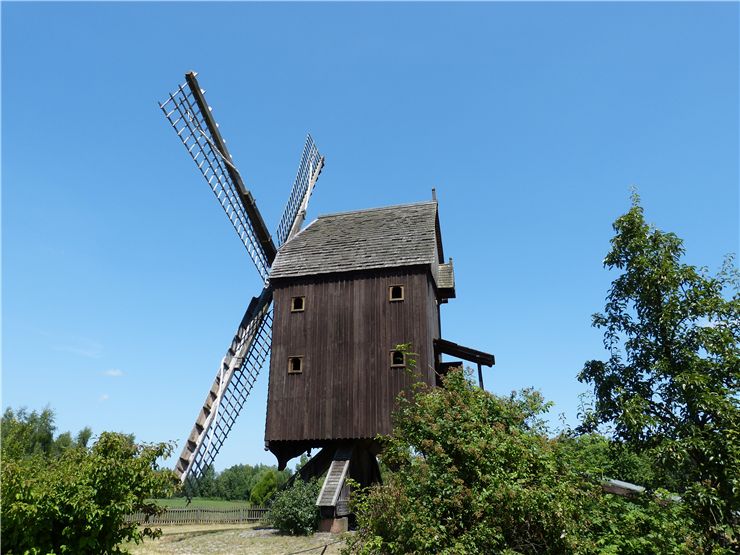Post Mill - History and Types of Post Mills
Ever since the ancient times, our earliest civilizations learned about the ability of wind to be transformed into mechanical force. Some of the earliest examples of their experiments were of course ships sails that some archeologist point that were first used even as far back as 6000-4300 BC in ancient Mesopotamia and after 3200 BC in Egypt. Redirecting the force of the wind not on sail canvas but on mechanical wheel happened much later, in the 1st century AD when Greek engineer Heron of Alexandria created first wind-driven device (not for windmill but for a musical instrument). Around 4th century AD, Tibetan and Chinese started using wind-driven prayer wheels, and first horizontal windmills of limited capacity started appearing in Persia after 7th century AD.
Vertical mills of the Post design arrived around 12th century, although it is not known if they were created in Persia or on territory of Europe. In either case, one of the earliest reports of the windmill being used for grinding grain in Europe comes from 1185 in a small English village in Yorkshire. Even though Post windmills were later surpassed with more sturdy, versatile and powerful designs of Tower and Smock windmills, some of the original post mills are still not only preserved as antiquities but are also actively used. The examples of such old windmills can be found in earliest made non-operational post windmill found in Great Gransden in Cambridgeshire that was built in 1612, and earliest still operational windmill at Outwood in Surrey that was built in 1665.
Post windmill in their most basic form are made by mounting windmill wheel on the large post that can be made in many shapes, with machinery for the milling being placed either directly behind spinning wheel or at the floor of the mill (in some rare cases, power can be routed to power machinery even outside of the mill.
The types of Post Mill designs are as follow:
- Hollow Post mill – Main body of the mill is hollow so that it could host spinning drives hafts that can power machinery in the bottom or outside of the main windmill body.
- Sunk post mill – Windmills (usually the oldest ones) whose main bodies were partially buried in the ground mounds so that they could be more stable in stronger winds.
- Open trestle post mill – Open Trestle post mills feature frame that is not buried with ground, stone or other materials.
- Post mill with roundhouse –Mills who used their body for storage or have specific storage building built in its base.
- Paltrok mill – Traditional mill type from Germany and Netherlands that provided a lot of internal space inside the windmill main body for storage and additional rooms.
- Composite – Mills created from advanced materials that enable placing the windmill wheel on the top of short towers resembling a roundhouse.
After their introduction and popularization, the most fertile period for Post windmills happened in 18th and 19th century, after which usefulness of all windmills plummeted with the arrival of steam-powered industry.
